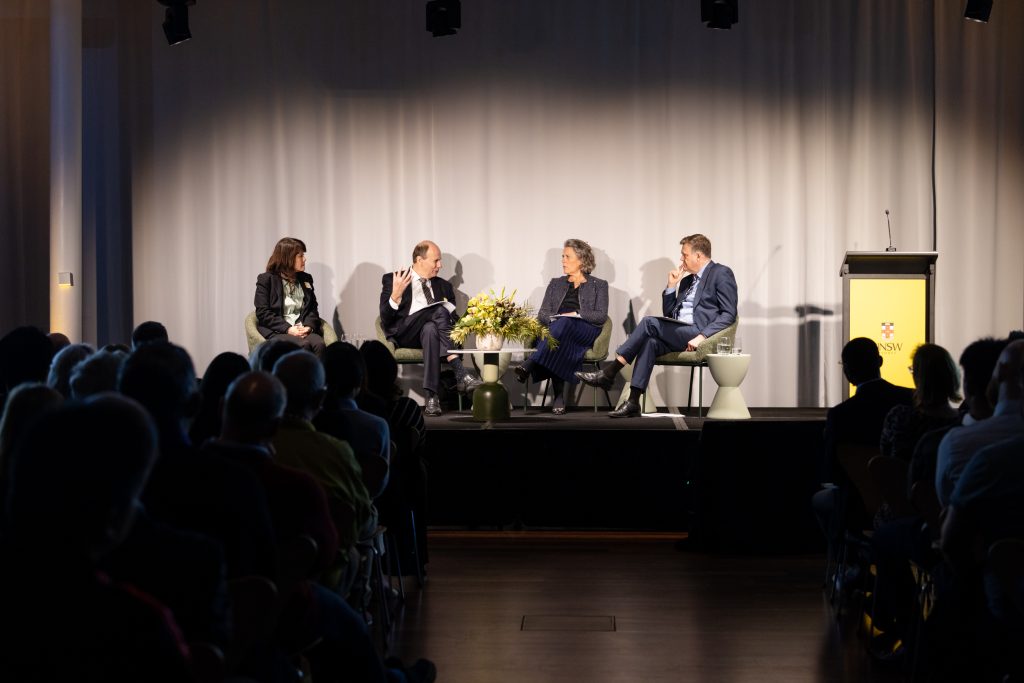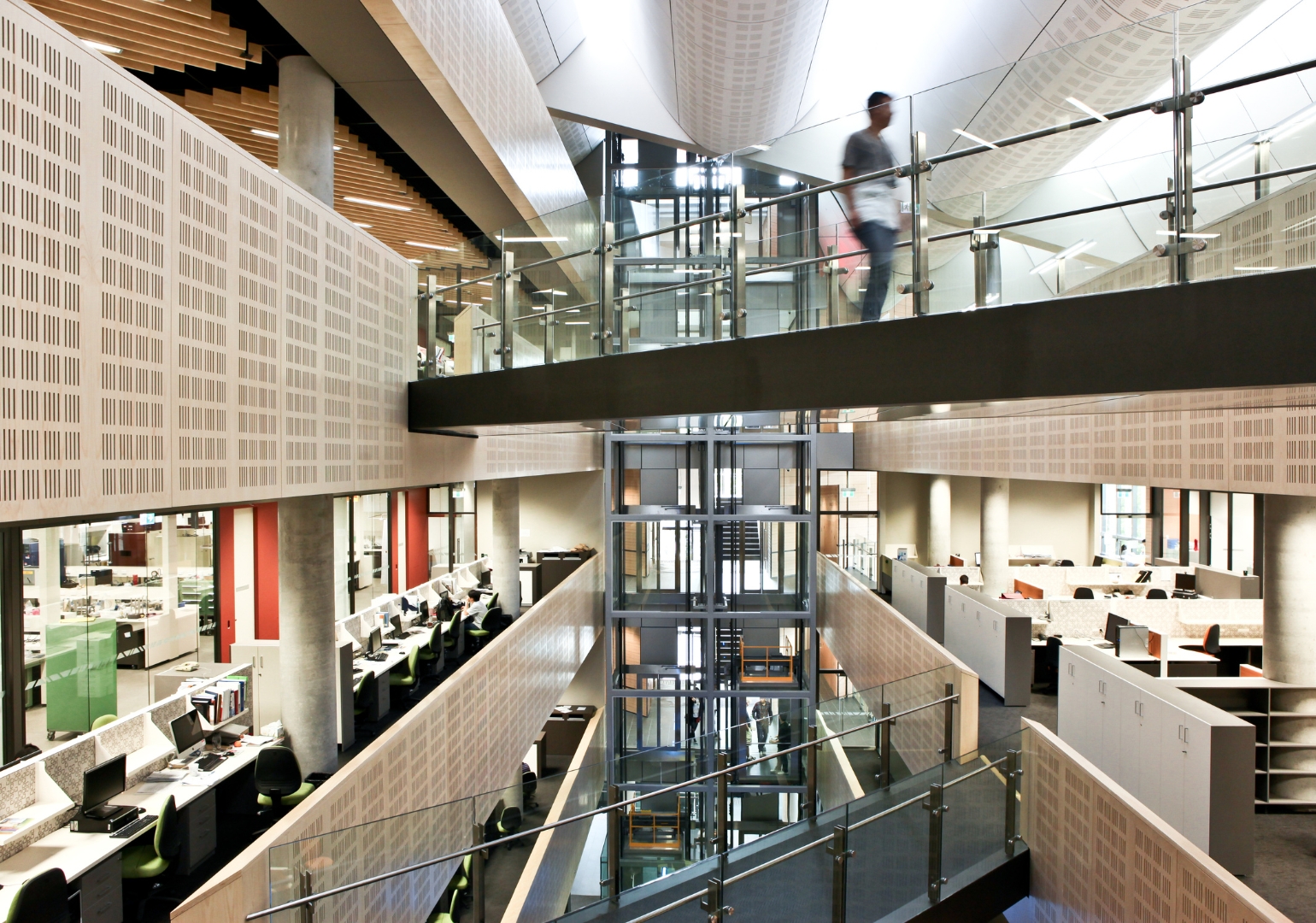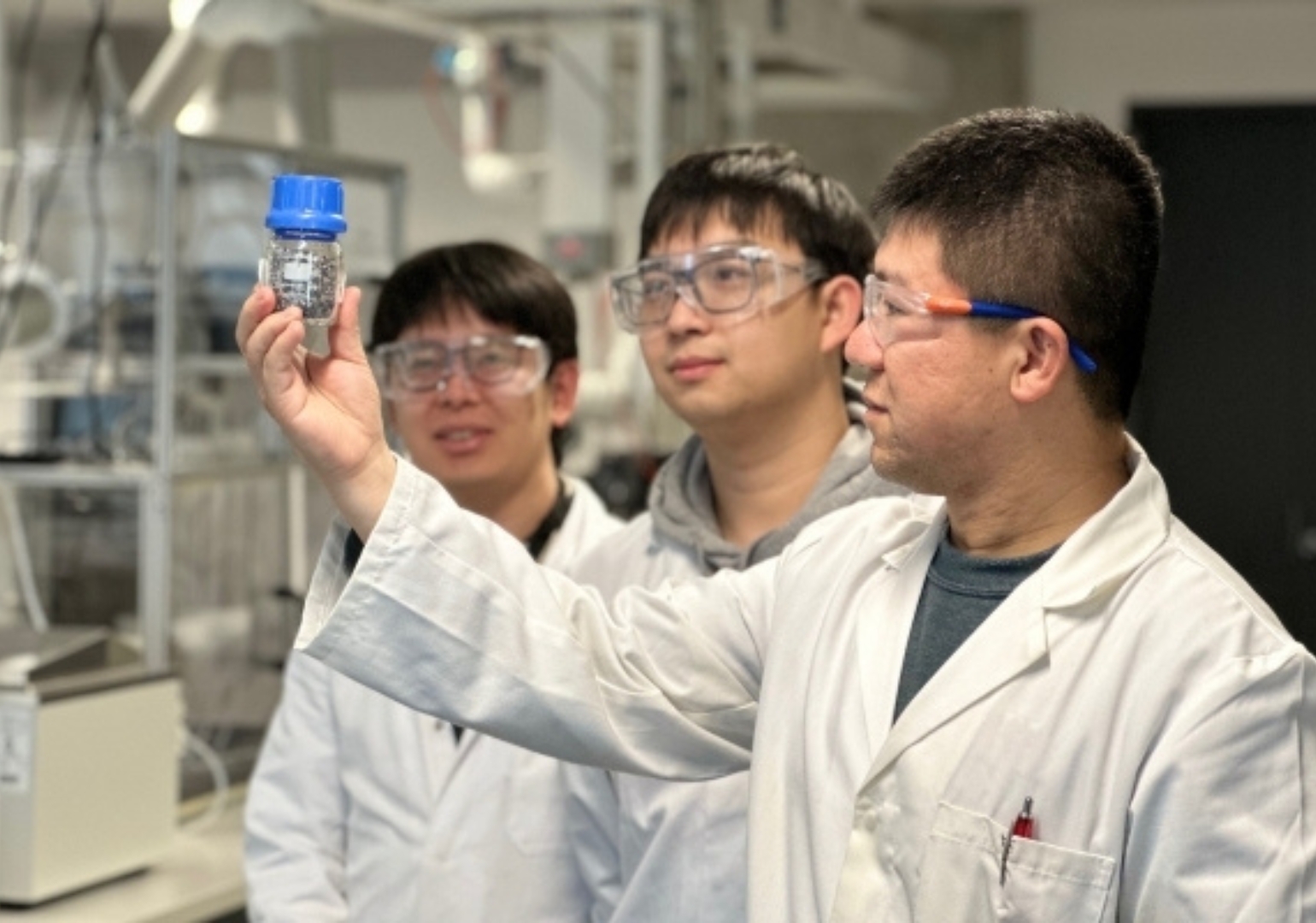Why a new UNSW industrial decarbonisation initiative aims to put engineers at the centre of a transdisciplinary movement.
Industrial decarbonisation – reducing the pollution caused by use of fossil resources – requires deep systemic change, not just to energy technology, but to foundries, refineries and factories, infrastructure, cities and the structure of economies. UNSW has established the Institute for Industrial Decarbonisation to help drive the transition.
It’s a big call to move away from proven processes that have been perfected over centuries. But it has to be done.
It’s complex, highly technical and mission critical. In short, it’s a job for engineers.
As a profession, engineers design industrial technologies, operate them and certify them. It’s also their social duty to improve technologies and make them safer. Engineers of all kinds – civil, electrical, computing, chemical, mining, mechanical, see things in very practical terms – “What’s the problem and how can we solve it?”
Addressing climate change has been the driver of decarbonisation, but there’s even more at stake.
The world is urbanising at an accelerating pace. Supporting eight billion people at modern standards of living demands more industrial activity, not less. More energy, metal, cement, plastics, industrial chemicals and synthetic fertiliser. More buildings and more infrastructure. And, unless we move on from fossil resources, much, much more pollution!
The challenge for engineers is developing ways to provide the essentials of modern society without the negative impacts. Industrial systems that are truly sustainable at planetary level.
Today, all Australian companies are impacted directly or indirectly by decarbonisation policy and economics. Impacts are manifold, ranging from the shift to EVs, to legal obligations to slash monitored emissions, to introduction of international carbon tariffs, reducing demand for coal and low grade iron ore exports.

Whether a company is an SME or among the biggest in the world – like UNSW partners in the mining sector – all of them are seeking solutions that make sense in the context of their markets and supply chains.
This is a whole-of-economy, transdisciplinary challenge. The UNSW Institute for Industrial Decarbonisation brings together experts across all faculties as we work with industry and government partners to progress viable transition strategies,
We see six linked pathways:
- Low carbon materials – clean processes for heavy industry coupled with advances in materials science
- Optimising mining systems for sustainability and linking this to domestic green metal production – demand-driven supply chains for the metals needed for every kind of technology, including clean tech
- Reducing the carbon embodied in the lifecycle of buildings and infrastructure –this means integrating low carbon materials with designs that maximise energy efficiency and climate resilience
- Smart integration, automation and control solutions for energy, water, energy and transport infrastructure, linked to urban sustainability
- Deploying computing power and advanced analytics to support decarbonisation decision making across sectors, technologies and production processes, and
- Green economic strategy, including trade alliances
The Australian Government is linking net zero to opportunities for green industry development – to a “future made in Australia”. It’s a great vision, but how do we make it real?
Australia has the raw materials, the copper, iron ore, critical minerals and agricultural commodities, and we can readily produce renewable energy to power green industry facilities. But it will take massive, well-coordinated effort to build scale in value added green exports.
Green versions of heavy industry
A good starting point – a foundation for ‘future made in Australia’ – is to focus on cleaning up domestic production of essential materials. For example, Australian steel makers are working with UNSW researchers to develop alternative technologies.
In UNSW laboratories, research engineers can make metals, chemicals, liquid fuels, plastics, cement, with close to zero emissions. Deep coordination across government and industry, however, is needed to accelerate getting this technology to market.
Fundamentally different processing infrastructure must be commissioned and certified. Long lead times are involved. Companies need to lock in both feedstock and offtakes before making major investment in new plant and production processes.
Why a whole-of-system approach is so vital
Industrial systems mesh thousands of technologies. New clean technologies must work within broader systems, both materially and economically.
The engineering details are critical – the specification of a feedstock like hydrogen or a product like low-carbon cement must precisely match the end use. This entails codesign processes and accelerating the evolution of value chains and business cultures that normally takes decades, or centuries.
Taking the example of cement. It accounts for around 6 per cent of global emissions and the bulk of the carbon embodied in Australia’s built environment. It’s an important piece of the decarbonisation puzzle.

But as anyone involved in the industry knows, cement manufacturers won’t invest in the technology until there is proven demand. Construction companies won’t specify concrete made using green cement until its use is mandated and until there is reliable supply. In the middle are companies that mix concrete and must know exactly how to control the different chemistry and supply a product that handles and sets as required on building sites.
The Institute is bringing together engineers, architects, construction firms, concrete manufacturers and policy makers to address these ‘chicken and egg’ problems.
Another example is solar energy. Solar PV works brilliantly on roof tops. Integrating solar within Australia’s electricity distribution system, however, is a massively complex engineering challenge. UNSW engineers are working with the energy companies to develop smart, integrated renewable generation, storage and distribution solutions. Fit-for-purpose mixes of technology that can reliably meet the needs of industry and society in different geographic locations.
Every decarbonisation challenge involves more than islands of brilliant technology. It demands process integration and the methodical, evidence-based approach that engineers excel at.
Engineers as leaders
The Institute’s initiatives and related UNSW engineering education programs are designed to support whole-of-system thinking and synergies across sub-disciplines. Chemical, computing, civil, mechanical, mining engineers working together and bringing their insights and skills sets.

This is a truly exciting time as technology convergence enables fundamentally more efficient processes. Engineers, however, understand the integration and sequencing issues. Companies and nations will not simultaneously switch from fossil-based to clean tech systems.
Clean technologies must be interoperable, robust, certifiable and insurable. Timing and transition processes must be carefully managed within businesses and across supply chains. This means that engineers have an additional and even more important role in society.
Providing leadership and helping political and corporate decision makers understand the ‘what’ and ‘how’ of decarbonisation is vital. Magical thinking will not achieve decarbonisation! The process is far more difficult than society realises. The role of engineers is to present the facts and an evidence base for real progress.
Executives in companies and government agencies around Australia are considering how best to achieve net-zero targets. Many ASX CEOs have engineering degrees. Engineers at all career stages, however, can find ways to contribute to strategic processes. This includes keeping an open mind to emerging technologies and communicating solutions in ways that non-engineers can relate to, ideally backed by techno-economic data.
Timing is critical
This is a period when, as a nation, we can make the leap from being a resource economy to one that is more prosperous and resilient. Australia can become stronger and more self-sufficient. And there is potential to establish new, higher value export streams. Demand for certified green metals, green ammonia, sustainable aviation fuel, for example, present opportunities if capital and policy can be focussed on viable entry points.
To achieve this, commercial and government investment must be focussed on the most competitive opportunities. There are no ‘magic bullets’. Achieving the benefits of decarbonisation demands system wide solutions and deep collaboration across professional disciplines and sectors of the economy.
Engineers are in the driver’s seat but can’t do it alone.
David Eyre is the CEO of the UNSW Institute for Industrial Decarbonisation. Learn more about it here.




